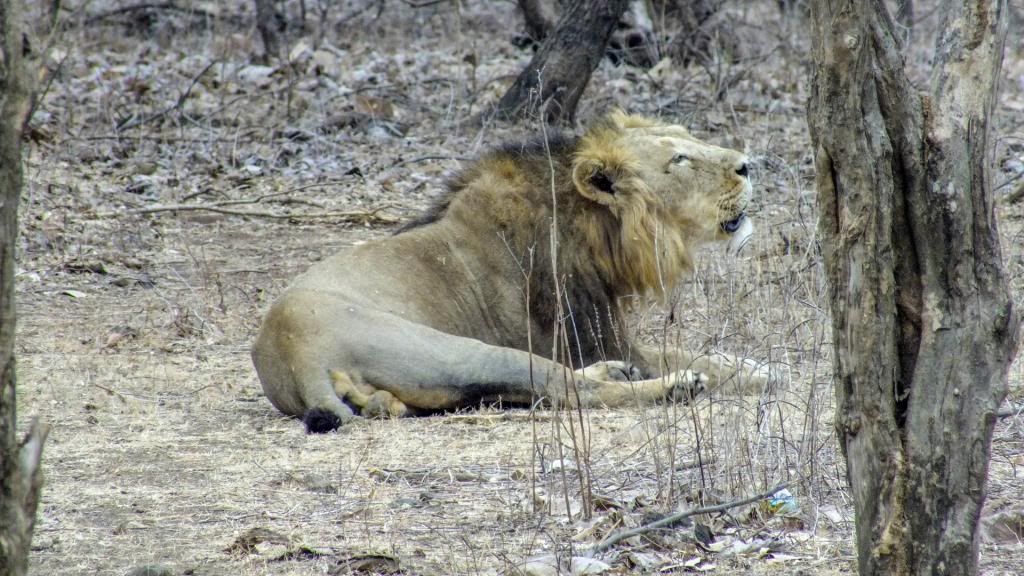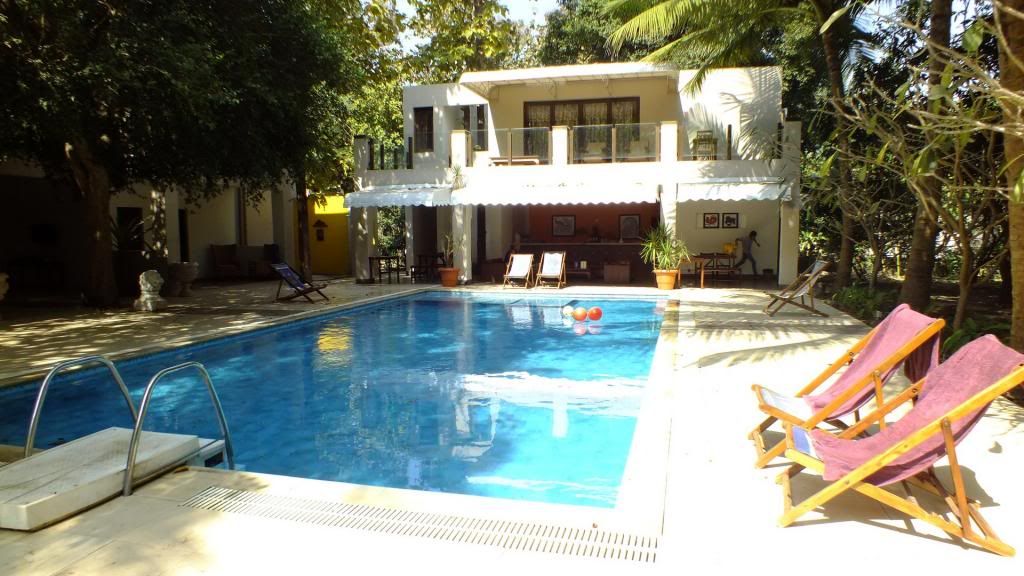Mandu
(part of our Madhya Pradesh roadtrip)
Mandu is called India’s best preserved medieval city, and justifiably so. Built by the Malwa governor Dilawar Khan in 1400, Mandu had an interesting 300 years of existence before it ceased being a capital and then was abandoned due to plague. Mandu is very similar to Hampi in the sense that they are both medieval cities spread over a huge area, abandoned after a couple of centuries of prosperity. Hampi is set along the Tungabhadra river, while Mandu is set amidst beautiful lakes. The difference is that Hampi is set in a dry area of the Deccan region while Mandu is covered in greenery.
(Bhopal to Mandu is about 300 km, most of it on the NH3, which continues to be a charming road. From Mhow, we had to branch off on a small two lane road which heads towards Mandu. Here we had another Google Maps error – chose the wrong road – which wasn’t as bad as the Vidisha road, but was about 25 min of broken road. After we rejoined the correct road, the road started climbing onto the Malwa plateau and soon we arrived in Mandu)









